Daylily Fertilizer Needs – How To Fertilize Daylilies
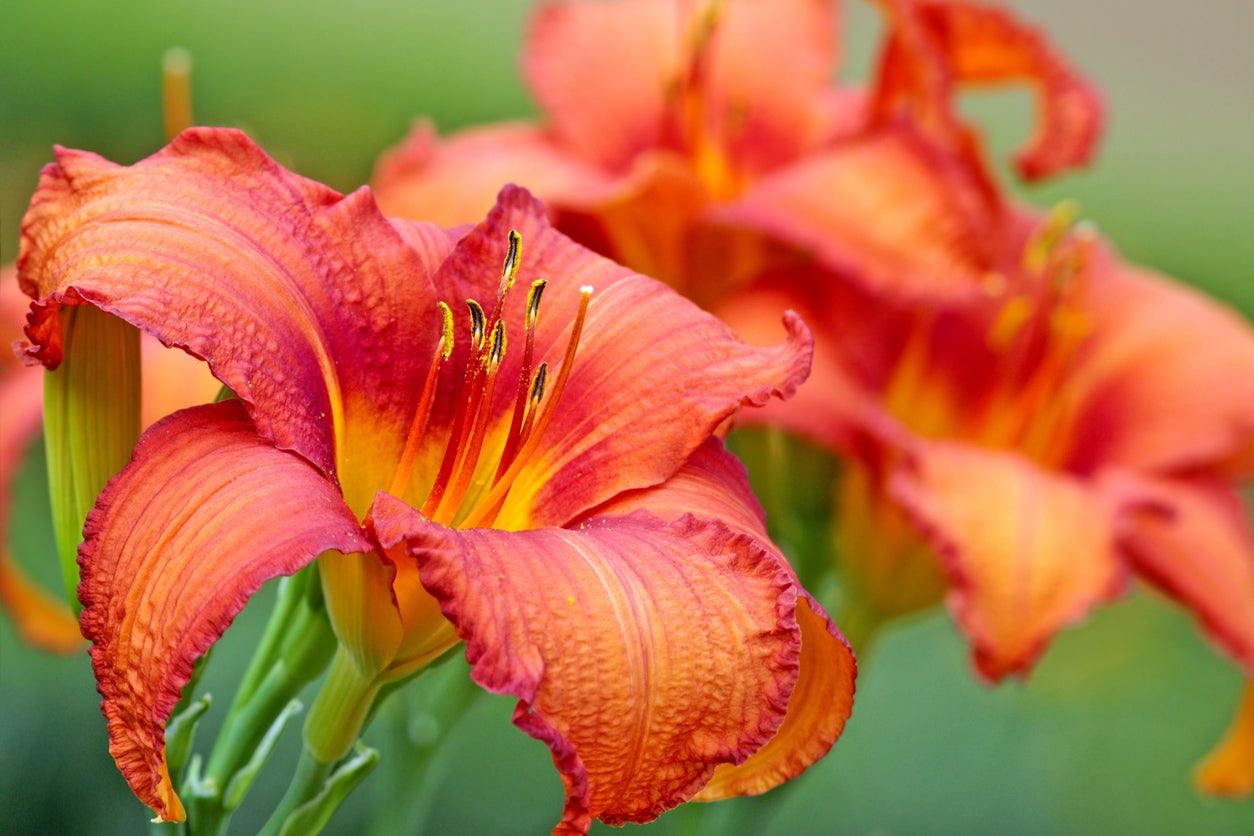

Daylilies are popular garden plants and for good reason. They are hardy, easy to grow, largely pest free, and require little maintenance. In fact, they are reputed to thrive on neglect. Do you need to start fertilizing daylilies? That can depend on the soil. If the soil is poor, feeding these plants may help them to thrive. Read on for more information on daylily food and tips on how to fertilize daylilies.
Feeding Daylilies
Everyone loves having daylilies in the garden and there are hundreds of cultivars to choose from. The plants accept a wide range of soil and sunlight requirements and stay vigorous for many years with minimal care.
Daylilies grow best in a sunny plot with well-drained, acidic soil but they adapt to their circumstances. While they will grow just fine without daylily fertilizer, feeding daylilies can increase their flower production. Usually flowers are why you grow the plants in the first place.
Fertilizing daylilies need not be expensive or difficult. There is no special daylily fertilizer you have to buy or daylily food that takes hours to prepare. The idea is to provide your daylilies with the nutrients they need to flower prolifically.
Like any plant, daylily requires basic nutrients but take care when using commercial fertilizer as daylily food. Too much nitrogen will hurt, not help, the plants.
How to Fertilize Daylilies
If your daylilies are growing in soil rich in organic materials, they won’t need fertilizer. In average garden soil, you can apply a complete fertilizer (like 5-10-5) in springtime. If the soil is poor, add a second application in late summer or fall.
Broadcast granular daylily fertilizer on the soil around the plants, but keep it off the leaves of the plant. Wet fertilizer can burn leaves at the base.
Gardening tips, videos, info and more delivered right to your inbox!
Sign up for the Gardening Know How newsletter today and receive a free copy of our e-book "How to Grow Delicious Tomatoes".
If you want to start feeding daylilies but don’t like the idea of commercial fertilizer, there are other ways to get nutrients to your plants. Organic compost is a great daylily food and composted manure is also good.
Work compost or composted manure into the soil before planting the daylilies. Then, as time passes, add additional compost to give your daylily food. Sprinkle it on the surface of the soil and work it in.

Teo Spengler is a master gardener and a docent at the San Francisco Botanical Garden, where she hosts public tours. She has studied horticulture and written about nature, trees, plants, and gardening for more than two decades. Her extended family includes some 30 houseplants and hundreds of outdoor plants, including 250 trees, which are her main passion. Spengler currently splits her life between San Francisco and the French Basque Country, though she was raised in Alaska, giving her experience of gardening in a range of climates.
-
 Looking For Plants To Give You The Soft And Fuzzies? Try These 5 Fuzzy Leaf Plant Options
Looking For Plants To Give You The Soft And Fuzzies? Try These 5 Fuzzy Leaf Plant OptionsLovers of texture, drama, silver foliage and tactile plants will adore these special sensory garden additions. These fuzzy leaf plant options will leave you all aglow
By Susan Albert
-
 Get Ready For A Summer Of Hummers! Grow These Full Sun Hummingbird Plants and Flowers
Get Ready For A Summer Of Hummers! Grow These Full Sun Hummingbird Plants and FlowersIf you’re lucky enough to enjoy a sunny backyard, make sure you are maxing out on your pollinator opportunities and grow these full sun hummingbird plants and flowers
By Tonya Barnett
-
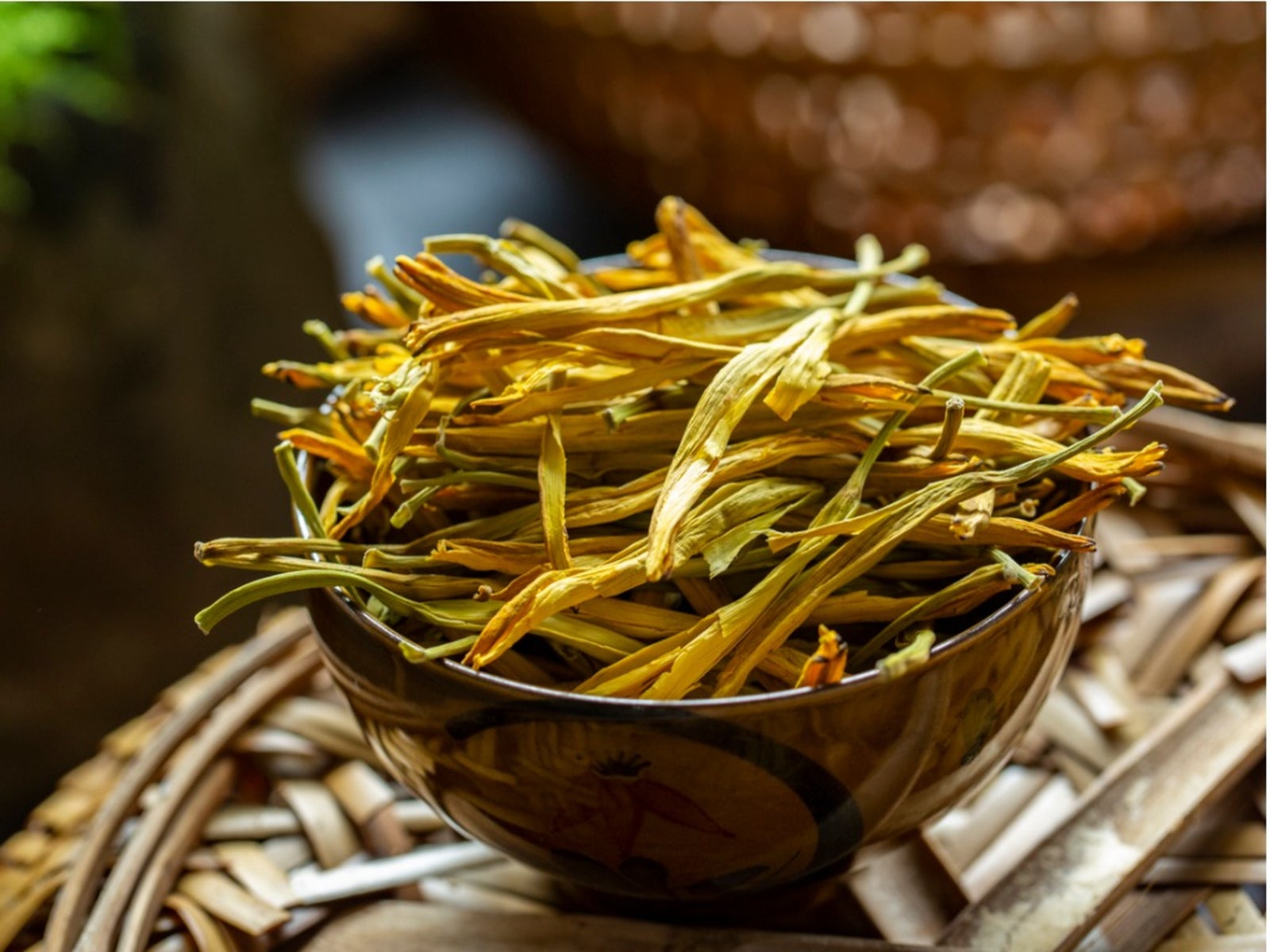 Are Daylilies Edible - Can I Eat Daylilies
Are Daylilies Edible - Can I Eat DayliliesDaylilies are easy to grow and produce fantastic blooms. Their laissez faire nature and hardiness make them ideal landscaping plants. If you are a garden grazer, you may wonder, "can I eat daylilies?" And if they are, which daylilies are edible? The wonderful answer is contained below.
By Bonnie L. Grant
-
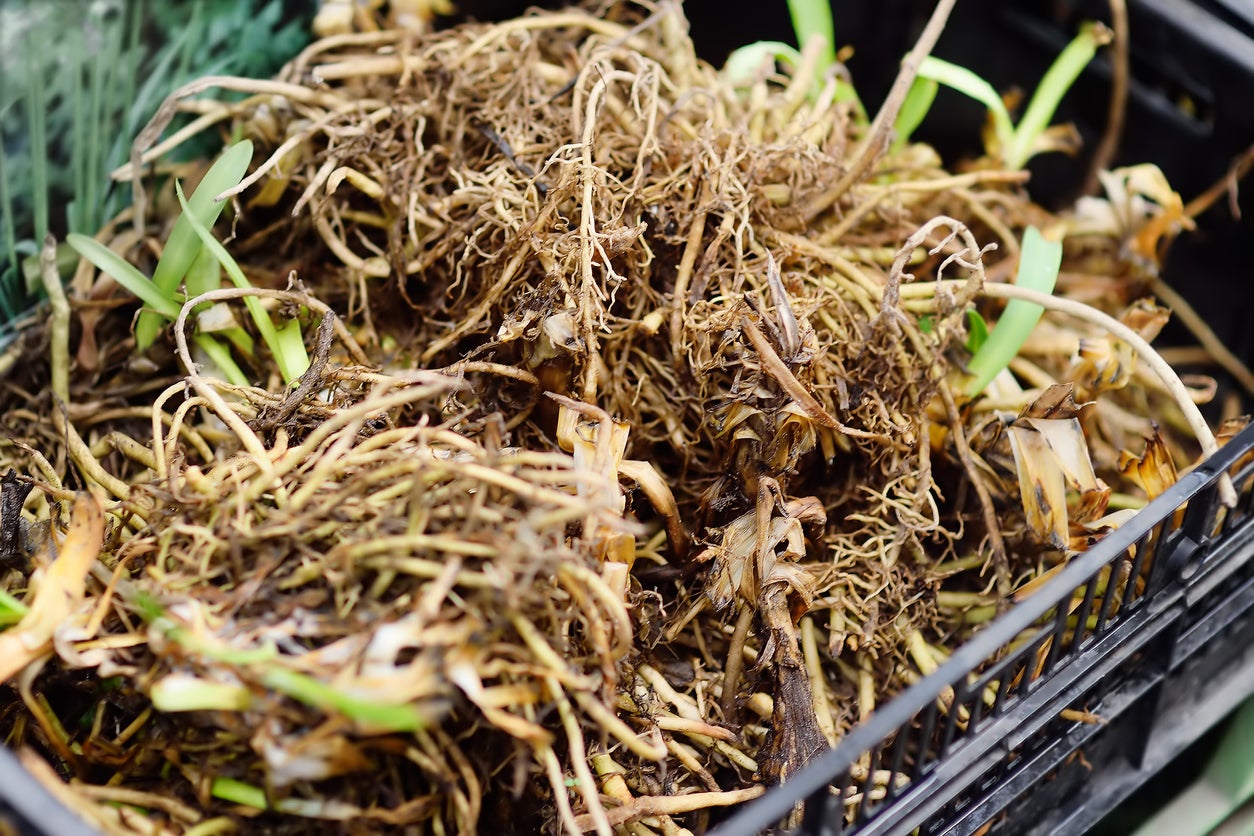 Daylily Tuber Winter Care – Learn About Overwintering Daylily Plants
Daylily Tuber Winter Care – Learn About Overwintering Daylily PlantsDaylilies are some of the toughest flowers around, but if you’re concerned about daylily plants in winter, digging and storing daylily tubers isn’t a bad idea, especially in climates north of USDA plant hardiness zone 5. Click this article to learn what to do with daylilies in winter.
By Mary H. Dyer
-
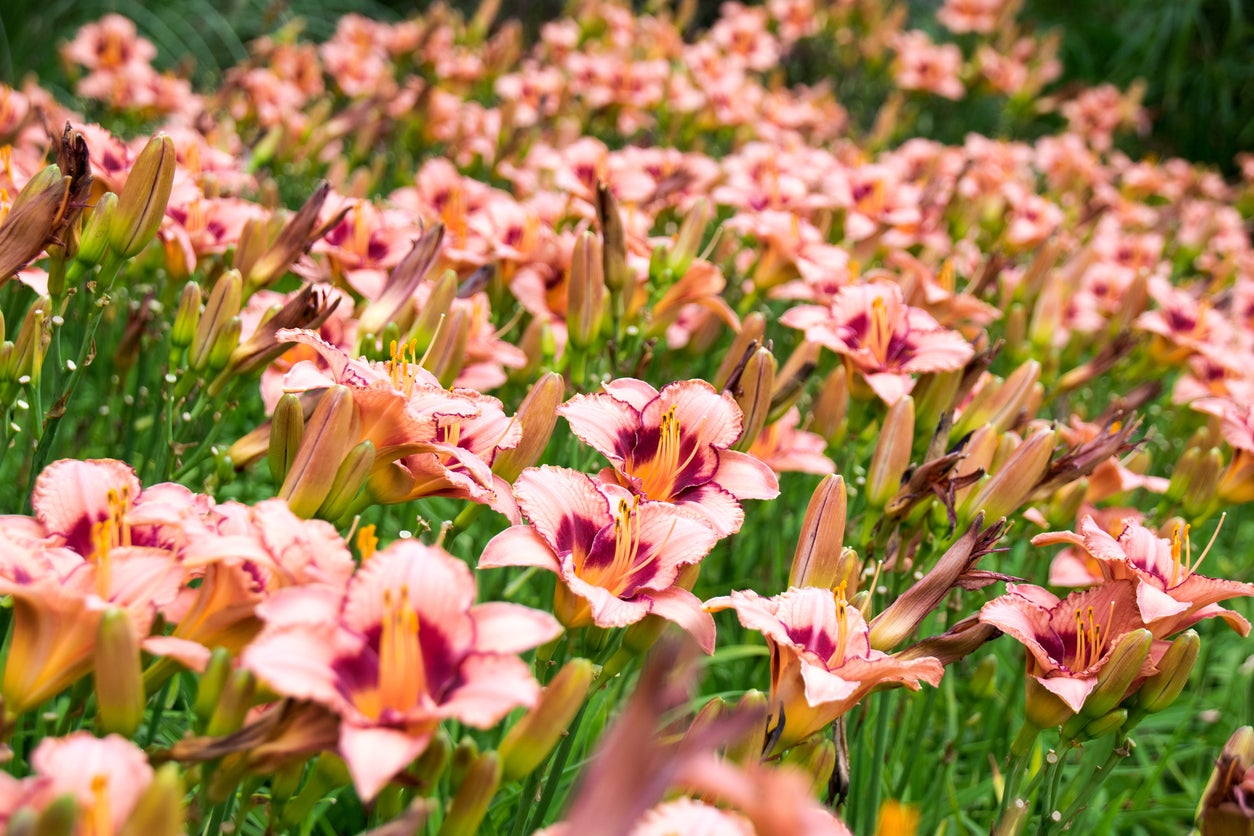 Daylily Division Guide: Learn How And When To Divide Daylilies
Daylily Division Guide: Learn How And When To Divide DayliliesDaylilies are pretty perennials with striking blooms, each of which only lasts for one day. They don’t require much care once established, but dividing daylilies should be done every few years to keep them healthy and blooming. Learn when and how to do this here.
By Mary Ellen Ellis
-
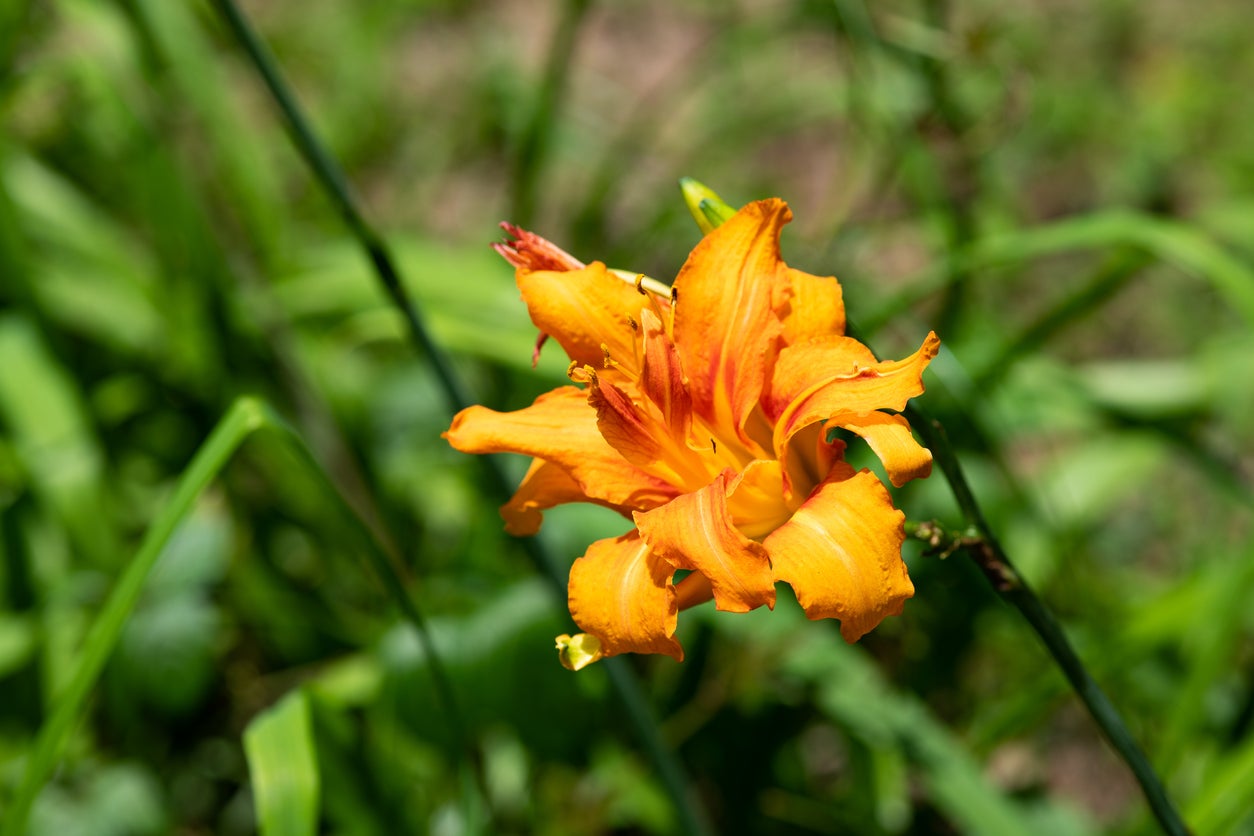 How And When To Cut Back Daylilies: Daylily Trimming Made Simple
How And When To Cut Back Daylilies: Daylily Trimming Made SimpleDaylily trimming after bloom time will keep these beauties tidy and disease-free. Trim the plants back after they bloom and before you divide them.
By Mary Ellen Ellis
-
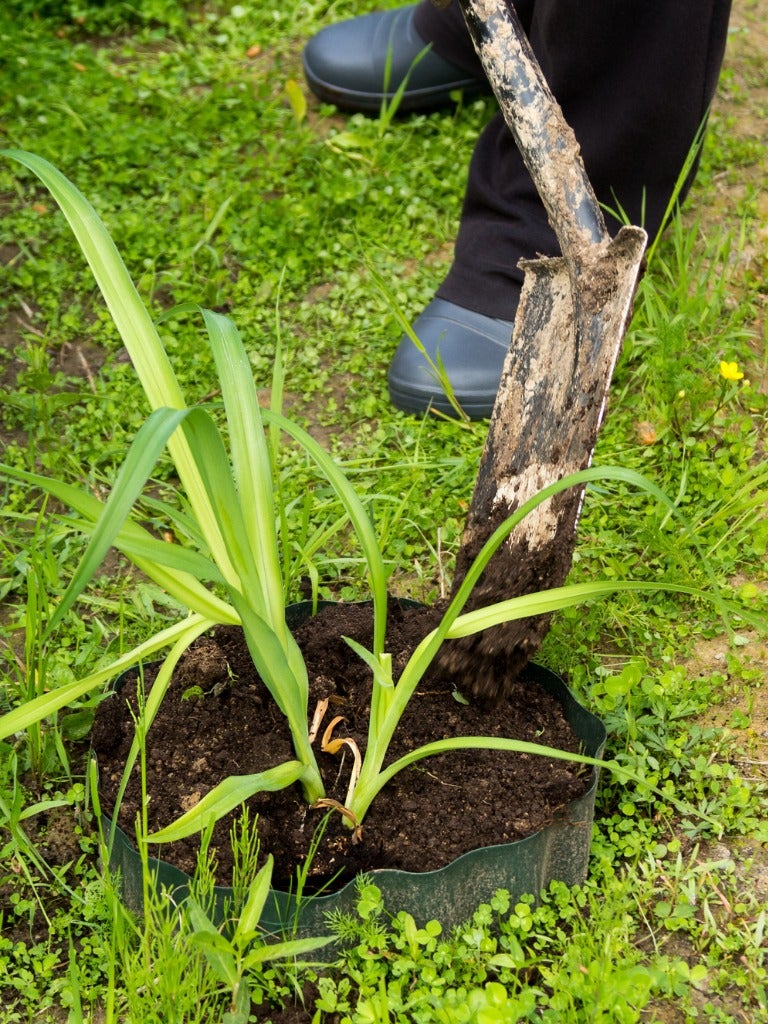 How To Transplant Daylilies: Learn About Moving Daylilies In The Garden
How To Transplant Daylilies: Learn About Moving Daylilies In The GardenDaylilies like to be divided every three to five years for optimal blooming. Moving and transplanting daylilies takes a little finesse. The following information on how and when to transplant daylilies will have you an old pro at dividing and moving daylilies in no time.
By Amy Grant
-
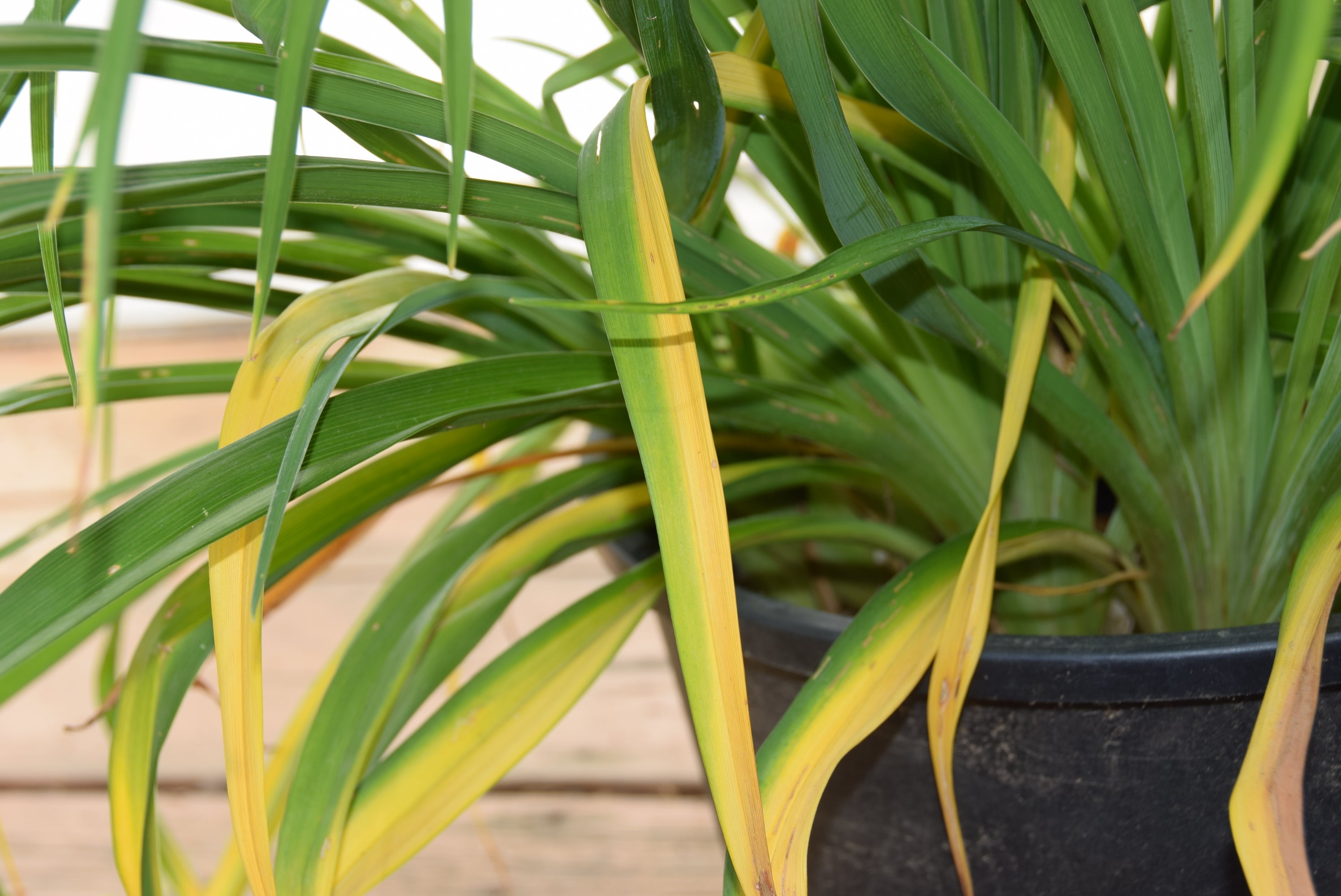 Streaks On Daylily Leaves: Learn About Daylily Leaf Streak Disease
Streaks On Daylily Leaves: Learn About Daylily Leaf Streak DiseaseDaylily plants are among one of the most popular perennial landscaping flowers. While robust, there are some issues that may cause these plants to struggle in the garden. Daylily leaf streak, for instance, can cause distress. Learn more about this disease here.
By Tonya Barnett
-
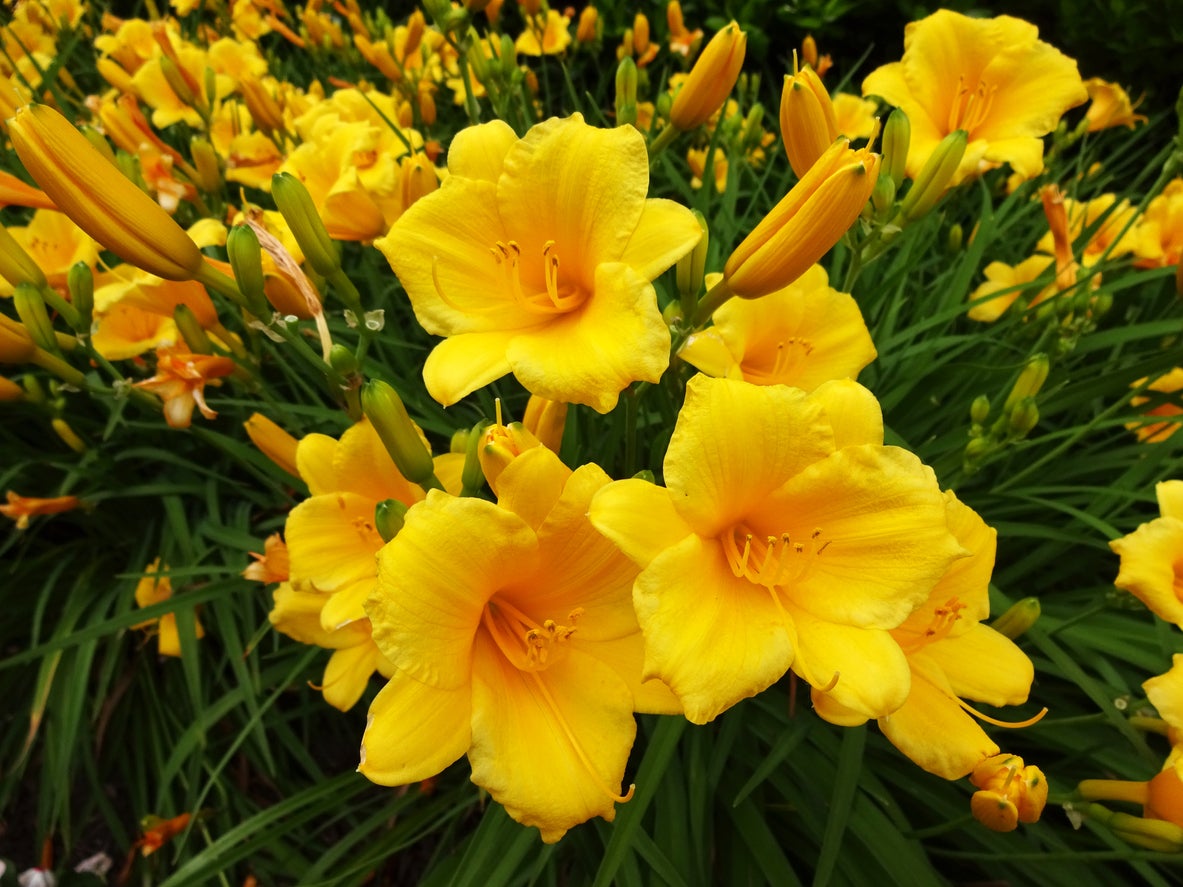 Deadheading Daylily Flowers: Is It Necessary To Deadhead Daylilies
Deadheading Daylily Flowers: Is It Necessary To Deadhead DayliliesThe daylily plant will only bloom for one day. Luckily, each plant produces multiple blooms that flower continuously, creating the beautiful display its growers have come to love. But what happens once the blooms fade? Is daylily deadheading necessary? Find out here.
By Tonya Barnett
-
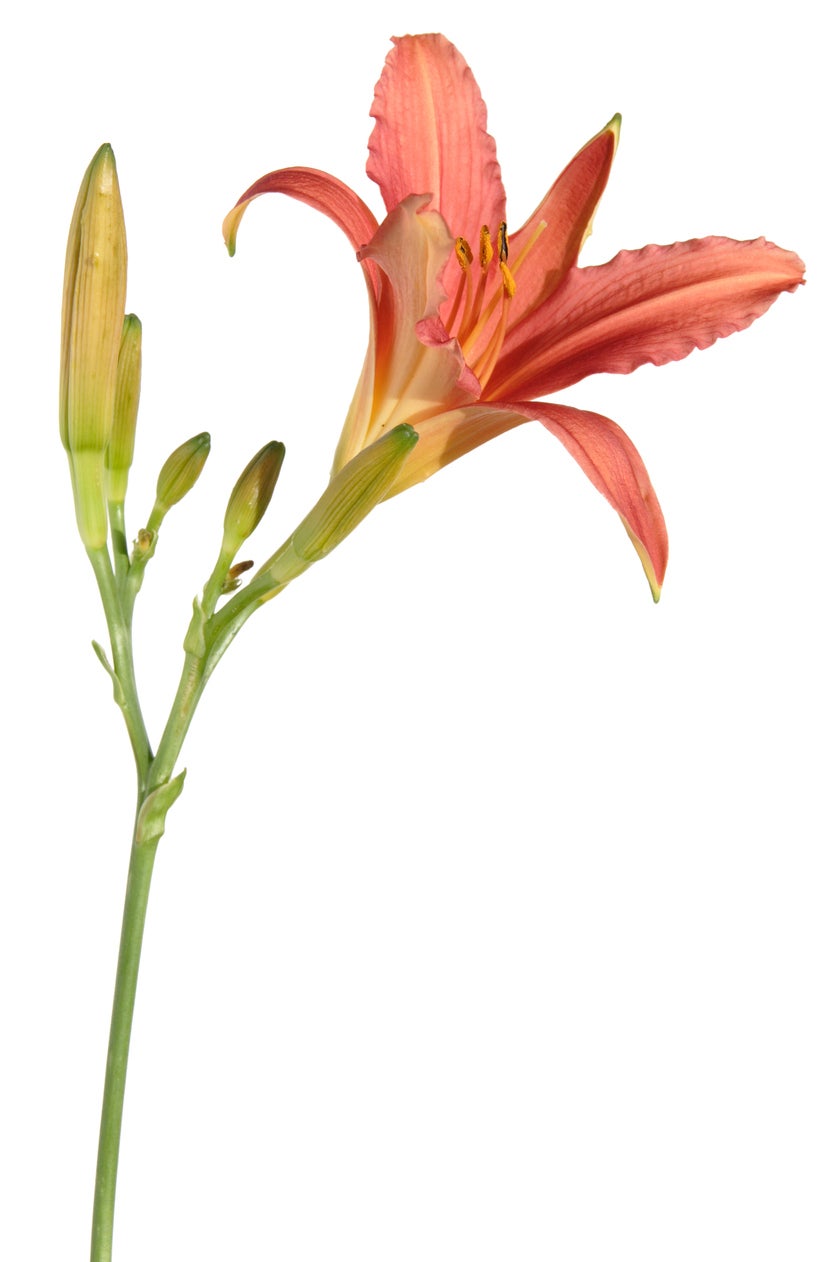 Daylily Scape Info: Learn About Daylily Scape Identification
Daylily Scape Info: Learn About Daylily Scape IdentificationDaylilies require little maintenance other than pulling out the scape at the correct time. What is a daylily scape? Scapes in daylilies are the plants’ leafless stems on which the flowers appear. For more daylily scape information, click on the following article.
By Teo Spengler